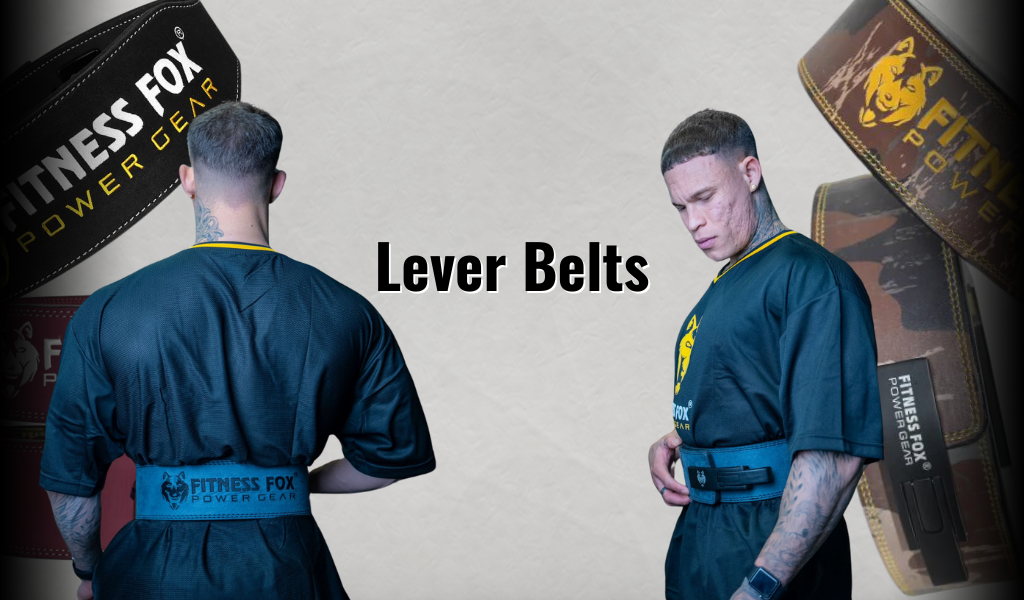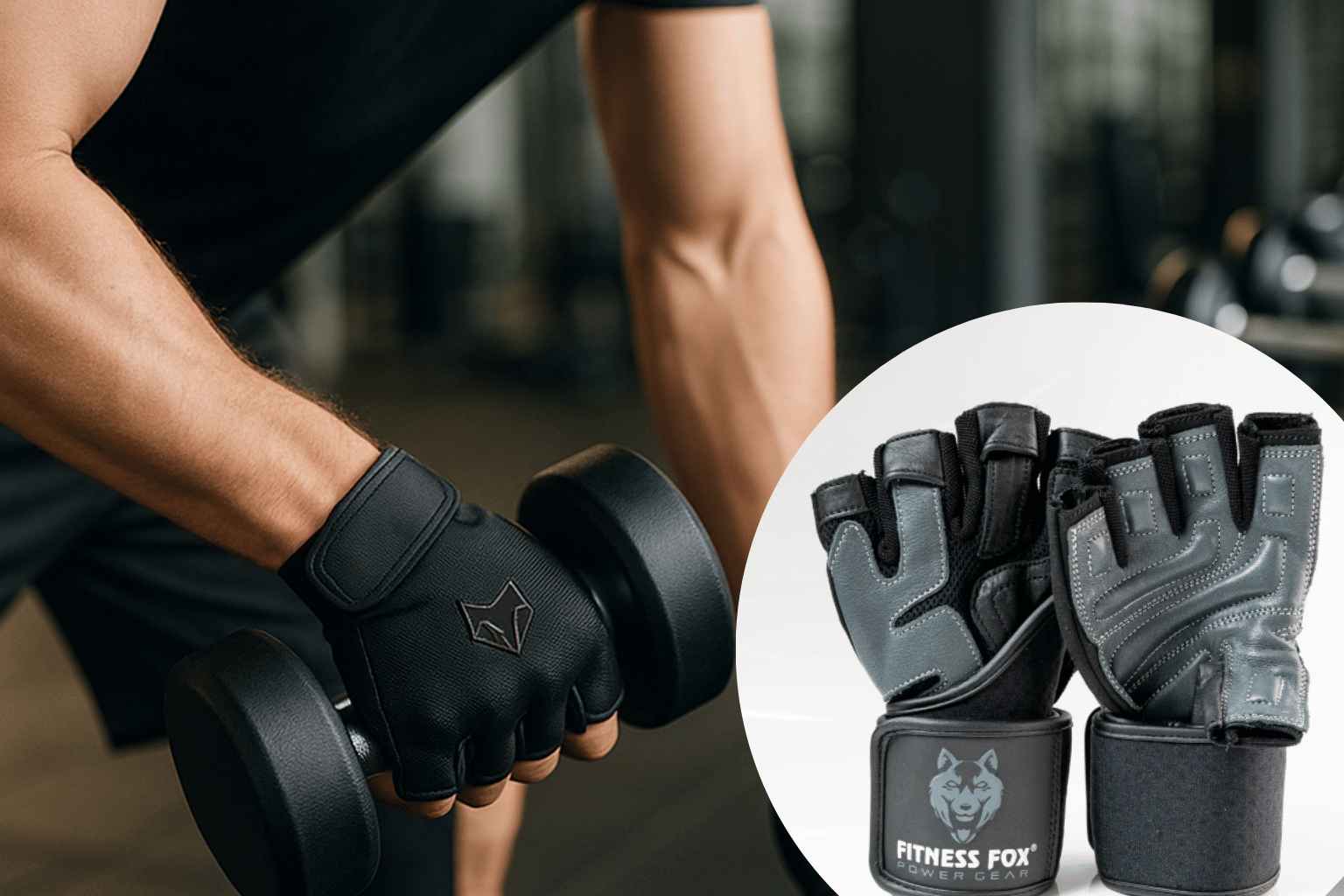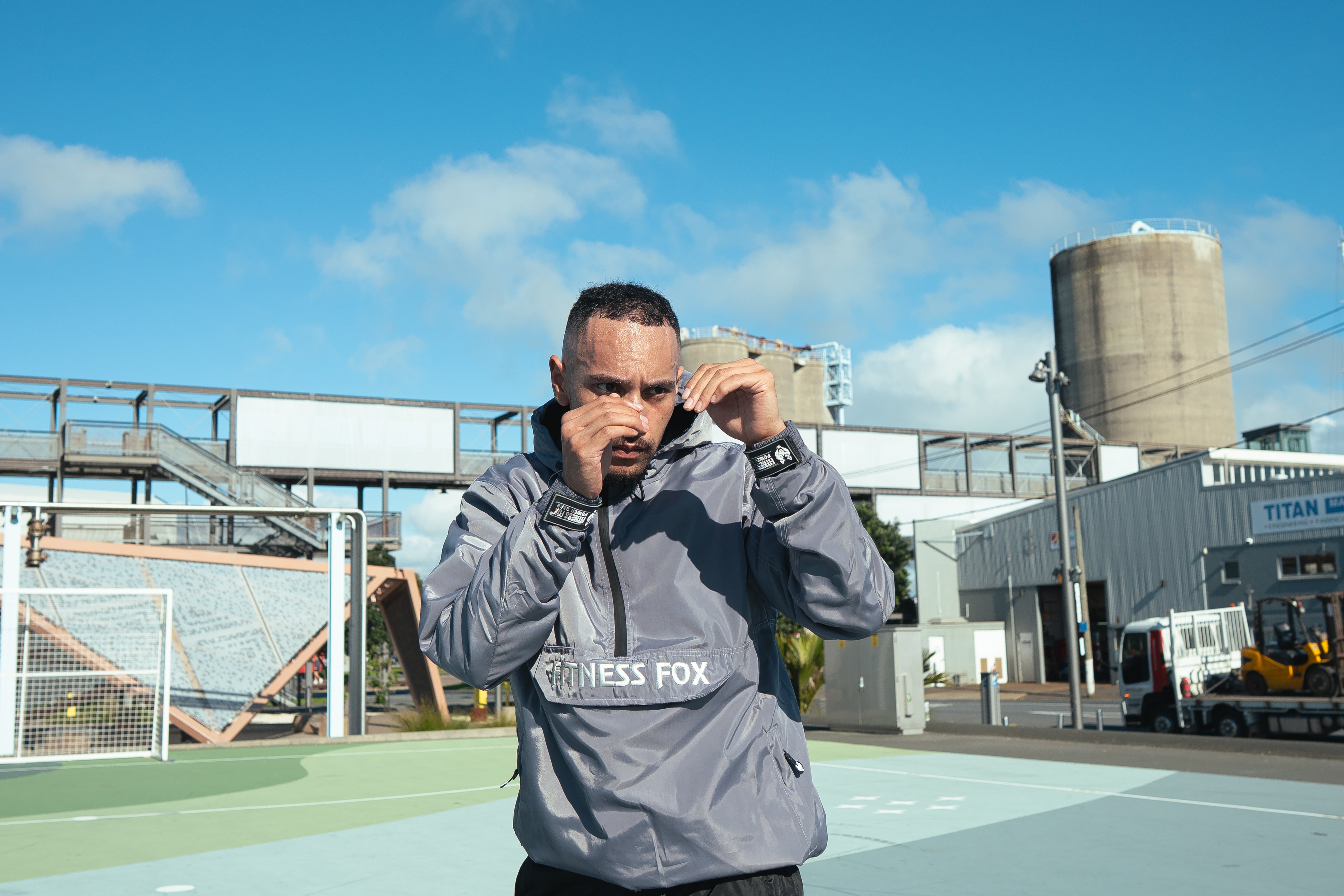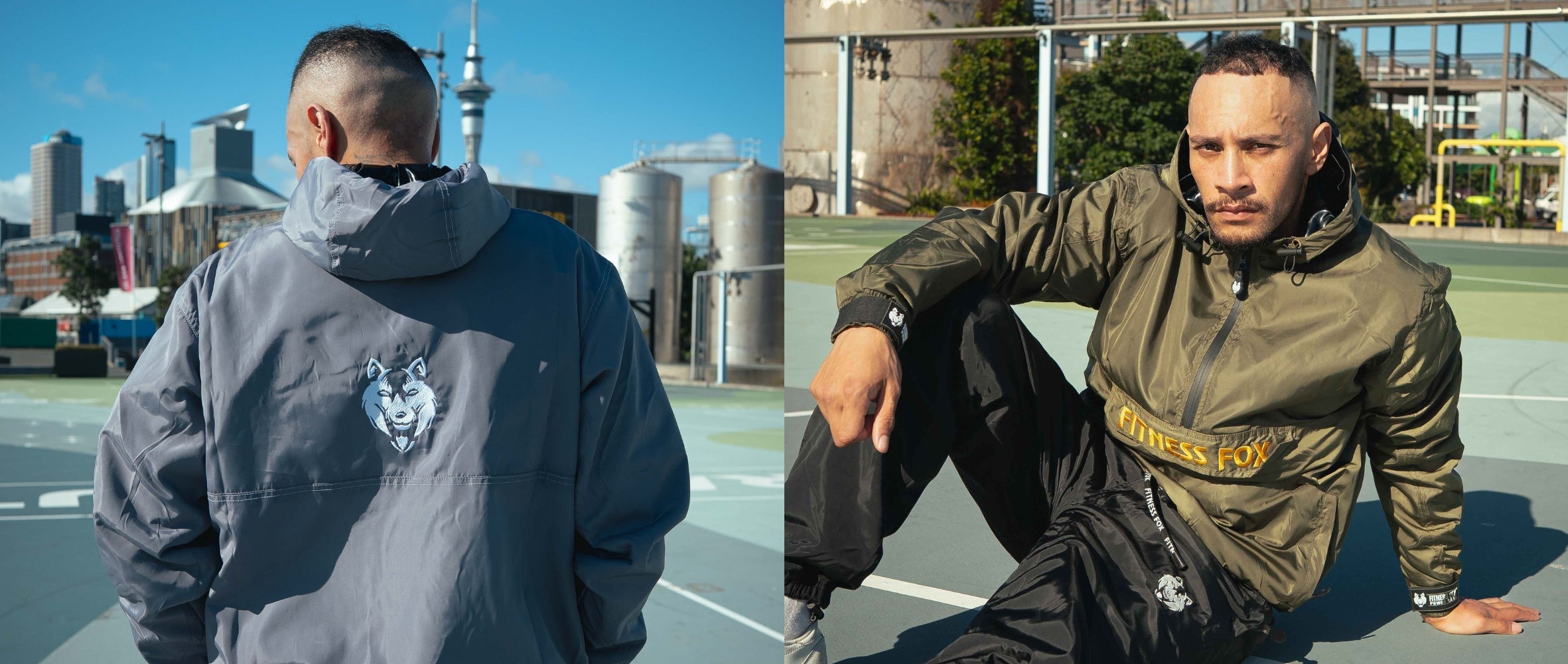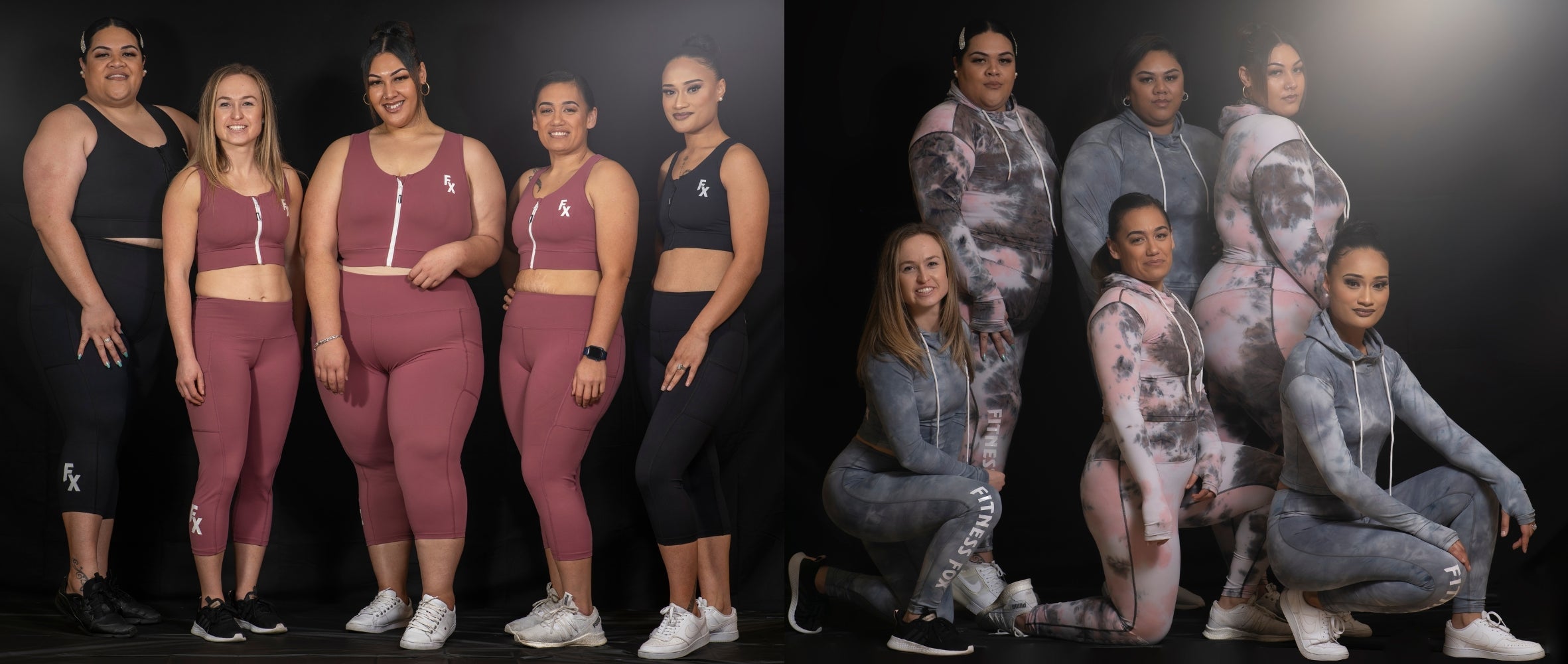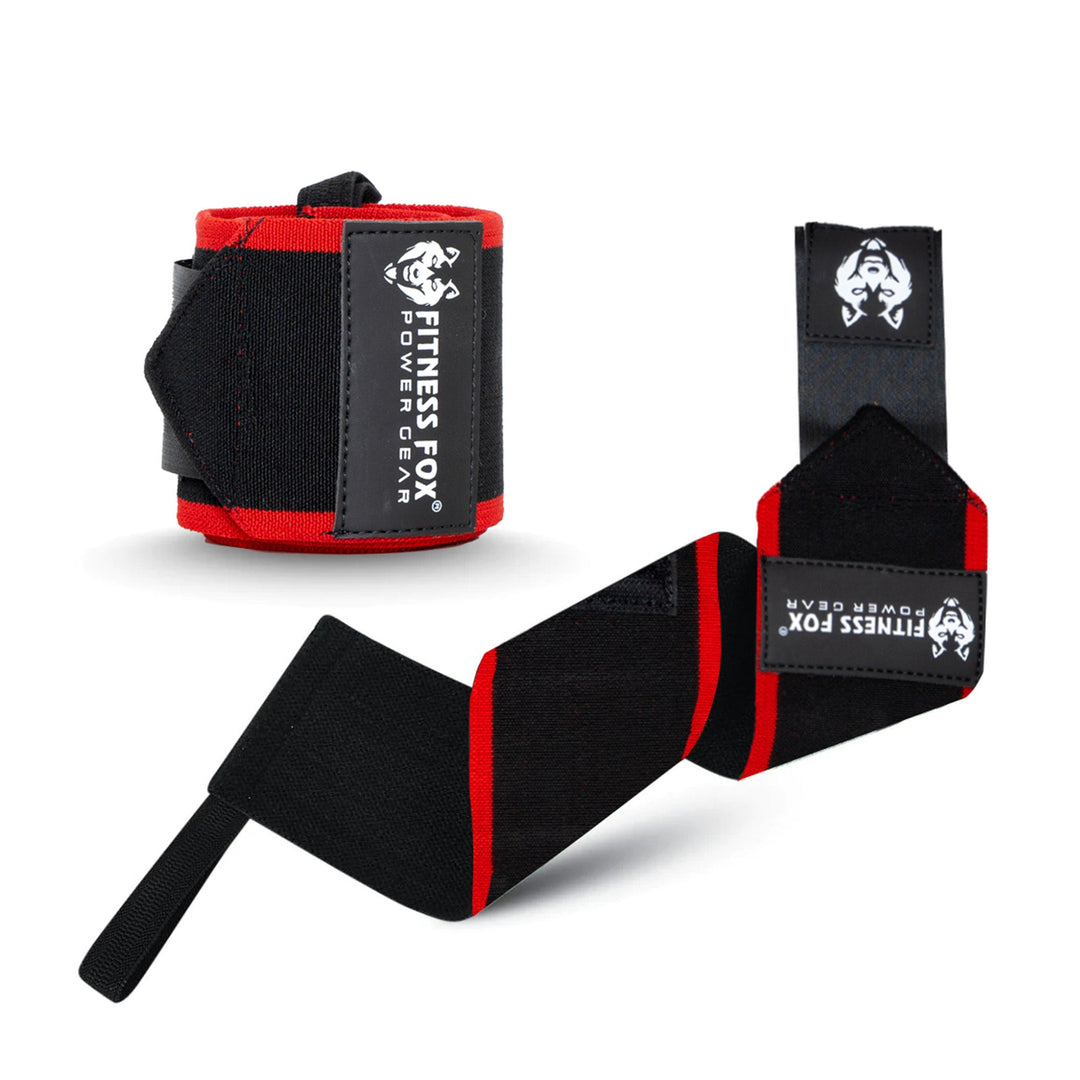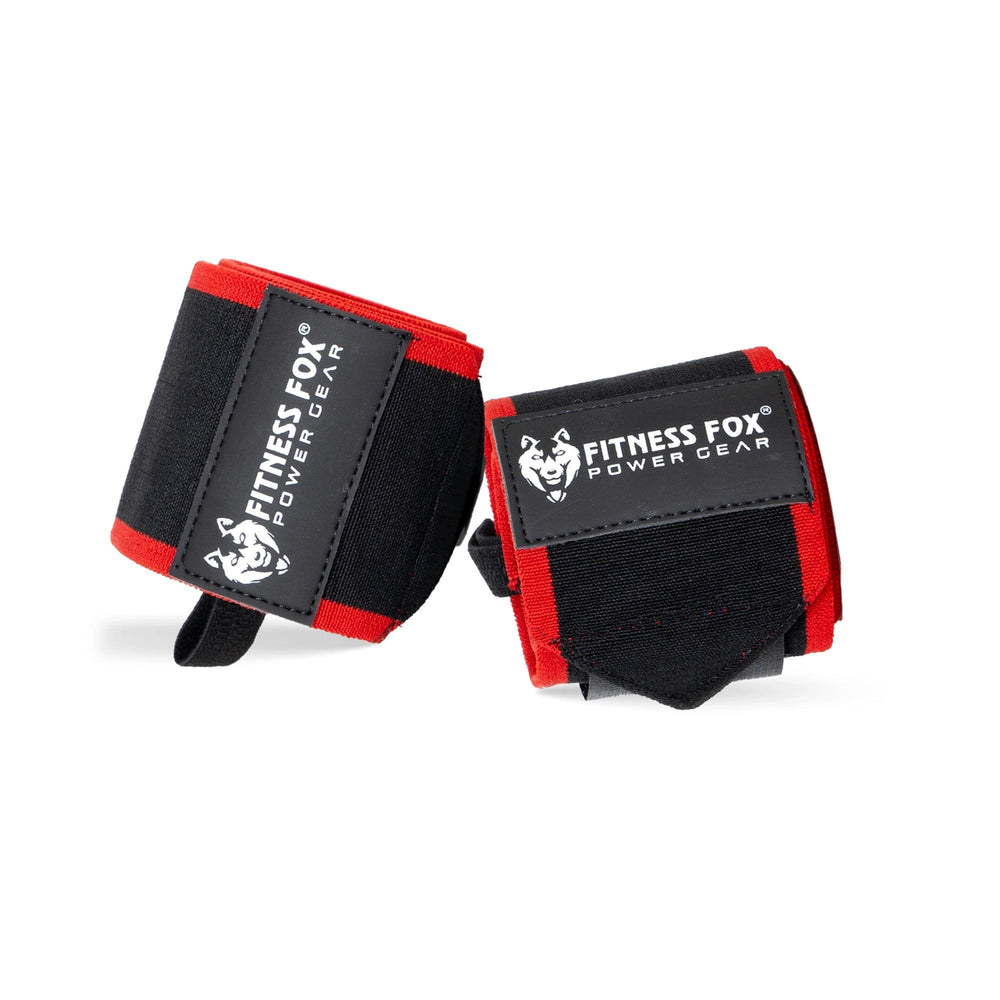
Wrist wraps are an essential piece of equipment for boxing, helping to protect your wrists and hands from injury while providing added support during intense training or fights. Whether you’re a seasoned boxer or a beginner just getting into the sport, knowing how to properly wrap your wrists is crucial. At Fitness Fox, we believe in equipping our athletes with the right tools and knowledge to succeed. This guide will walk you through the proper technique for wrapping your wrists, helping you prevent injuries and perform at your best in the ring.
Why Wrist Wrapping Matters in Boxing
Before we dive into the "how-to," it’s important to understand why wrist wraps are so crucial in boxing. Your wrists are highly vulnerable during punches, especially when they’re not properly supported. Wrapping your wrists offers the following benefits:
-
Injury Prevention: Wrists are prone to sprains, fractures, and other injuries due to the high impact of punches. Wrist wraps stabilize the joint, reducing the risk of injury.
-
Better Support: Wrist wraps offer crucial support by holding the bones and ligaments of the hand in place, preventing unnecessary movement that could lead to injury.
-
Knuckle Protection: Proper wrapping helps cushion the impact of punches, reducing stress on the knuckles and helping you throw powerful punches without worry.
-
Improved Punching Power: Wrapping your wrists tightens and stabilizes the structure of your hand, helping you throw punches with more force and less risk of damaging your joints.
At Fitness Fox, we recommend using high-quality wrist wraps made from durable, elastic materials that provide both comfort and tightness. Let’s move on to the steps for properly wrapping your wrists.
Step 1: Choose the Right Wrist Wraps
Before starting, ensure you have the right wrist wraps. There are a few things to look for:
-
Length: Boxing wrist wraps typically range from 120 to 180 inches in length. Shorter wraps may be suitable for beginners, but longer wraps offer more support for advanced boxers.
-
Material: Look for wraps made from cotton or a cotton-blend fabric for breathability and comfort. Fitness Fox wrist wraps are crafted with premium materials for durability and comfort.
-
Closure: Most wrist wraps come with a Velcro closure that allows for easy adjustments. Make sure the Velcro is strong and secure.
Step 2: Position the Wrap on Your Hand
Start by laying the wrist wrap flat, making sure the side with the Velcro closure is facing up. Grab one end of the wrap and begin by placing the thumb loop over your thumb.
-
Position: The thumb loop will keep the wrap in place while you begin the wrapping process.
-
Make Sure It's Even: Start with the wrap at the base of your hand, with the end hanging freely.
Step 3: Wrapping Around Your Wrist
Begin by wrapping the wrist wrap around the wrist, ensuring that it’s snug but not too tight. The goal here is to provide stability without restricting blood flow.
-
First Wrap: Start from the base of the wrist and wrap the wrist wrap around the wrist once. This first wrap should cover the entire circumference of your wrist.
-
Keep the Tension: Maintain even tension throughout the wrap, ensuring that the material doesn’t bunch up.
Fitness Fox wrist wraps are designed to provide excellent elasticity, which means they will conform to the shape of your wrist and offer better support as you wrap.
Step 4: Wrapping Over the Knuckles
Next, bring the wrap from the wrist, up over the top of the hand, and over your knuckles. This helps ensure the wrist wrap offers both wrist support and knuckle protection.
-
Position Over Knuckles: As you wrap over your knuckles, you should aim to cover them without restricting your ability to make a fist. The wrap should be firm enough to stabilize the knuckles but loose enough to allow some flexibility.
-
Wrap Around the Hand: You can wrap over the knuckles 2-3 times, depending on your preference and the amount of support you desire.
Fitness Fox wraps are designed with ample length and elasticity to ensure maximum coverage and comfort around the knuckles and hand.
Step 5: Return to the Wrist
After you’ve wrapped over the knuckles, it’s time to return to the wrist. Here’s how:
-
Wrap Around Again: After securing the knuckles, take the remaining portion of the wrap and bring it back to your wrist.
-
Snug but Comfortable: Make sure the wrap is still snug and provides support but isn’t so tight that it cuts off circulation. You should be able to make a fist comfortably, with just the right amount of pressure around the wrist.
Step 6: Secure the Wrap with Velcro
Once you’ve wrapped the wrist and knuckles to your satisfaction, it’s time to secure the wrap. Use the Velcro closure to fasten the wrap tightly. Make sure the end is firmly stuck to prevent any slippage during your training or fight.
-
Double-Check Tightness: The wrap should be firm but not overly tight. If the wrap feels too loose or too tight, undo the Velcro and adjust it until it feels just right.
-
Final Adjustment: Move your hand around to check for comfort. You should feel supported but not restricted.
Step 7: Repeat the Process for the Other Hand
Once you’ve wrapped one hand, repeat the process for the other. Boxing requires both hands to be protected, and both wrists should be wrapped with the same care and attention to detail.
Additional Tips for Effective Wrist Wrapping
-
Practice Makes Perfect: Wrapping your wrists may feel a bit tricky at first, but with practice, you’ll get faster and more precise. Take your time to ensure you’re doing it properly.
-
Tightness is Key: The wrap should be snug but not painful. If it’s too loose, it won’t provide adequate support. If it’s too tight, it could restrict blood flow.
-
Use High-Quality Wraps: Invest in a good pair of wrist wraps, like the ones from Fitness Fox, to ensure optimal protection and durability.
-
Change Your Wraps Regularly: Over time, wrist wraps may lose their elasticity. Be sure to replace them when they start to wear out.
Proper wrist wrapping is essential for any boxer looking to protect their hands and wrists from injury. At Fitness Fox, we understand the importance of quality gear and proper technique, and we hope this guide helps you wrap your wrists like a pro. Remember, wrist wraps are there to provide the support you need, so take the time to wrap them correctly before every training session or fight. With the right technique and the right equipment, you’ll be able to throw punches with power, confidence, and safety. Happy boxing!
FAQs about our Wrist Wraps
Wrist wraps are essential for providing support and stability to the wrists during high-impact activities like boxing, weightlifting, and powerlifting. They help prevent injuries such as sprains and fractures by stabilizing the wrist joint and reducing excessive movement.
Wrist wraps themselves do not directly build muscle. However, by providing wrist support, they allow you to lift heavier weights or perform more repetitions, indirectly contributing to muscle growth over time.
Use wrist wraps during heavy lifting sessions or when performing exercises that place significant strain on the wrists. It's advisable to wear them for sets involving 75–80% of your one-rep max (1RM) or higher.
Wrist wraps should be snug enough to provide support but not so tight that they cut off circulation. A good rule of thumb is to ensure they are tight enough to limit wrist movement without causing discomfort.
Wrist wraps are beneficial for exercises that involve heavy pressing or overhead movements, such as:
- Bench Press
- Overhead Press
- Push Press
- Clean and Jerk
- Front Squats
These exercises place significant stress on the wrists, making support crucial.
While wrist wraps do not directly increase strength, they can enhance performance by providing stability. Many lifters report a performance boost of 2–10% when using wrist wraps, depending on the exercise and weight.
Consider using wrist wraps when lifting around 80–90 kg (approximately 176–198 lbs) or when performing high-volume sets within the 8–12 rep range. This is especially important for exercises like bench press and overhead press.
Yes, wrist wraps provide additional support for individuals with weak or previously injured wrists. They help stabilize the joint, reducing the risk of further injury during lifting.
The choice between 18-inch and 36-inch wrist wraps depends on personal preference and the level of support needed. Longer wraps (36 inches) offer more support and are suitable for heavy lifting, while shorter wraps (18 inches) provide less support and are ideal for lighter workouts.
Wrist wraps should be flexible enough to allow natural wrist movement while providing adequate support. Stiff wraps offer more stability, which is beneficial for heavy lifts, while flexible wraps offer comfort for lighter exercises.
The lifespan of wrist wraps depends on the material and frequency of use. High-quality wraps made from durable materials can last several months to a year with proper care. Regularly inspect them for signs of wear and replace them as needed.
Wrist wraps are typically one-size-fits-all, but it's essential to choose wraps that fit snugly around your wrist without being too tight. Measure your wrist circumference to ensure a comfortable fit.
Wrist wraps should be tight enough to provide support but not so tight that they cause discomfort or restrict blood flow. It's crucial to find a balance to ensure both support and comfort.
Start using wrist wraps when you begin lifting heavier weights that place significant strain on your wrists. This is typically around 80–90 kg or when performing high-volume sets.




